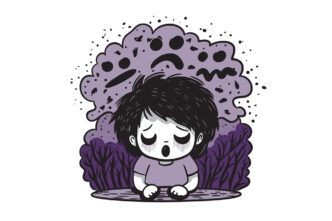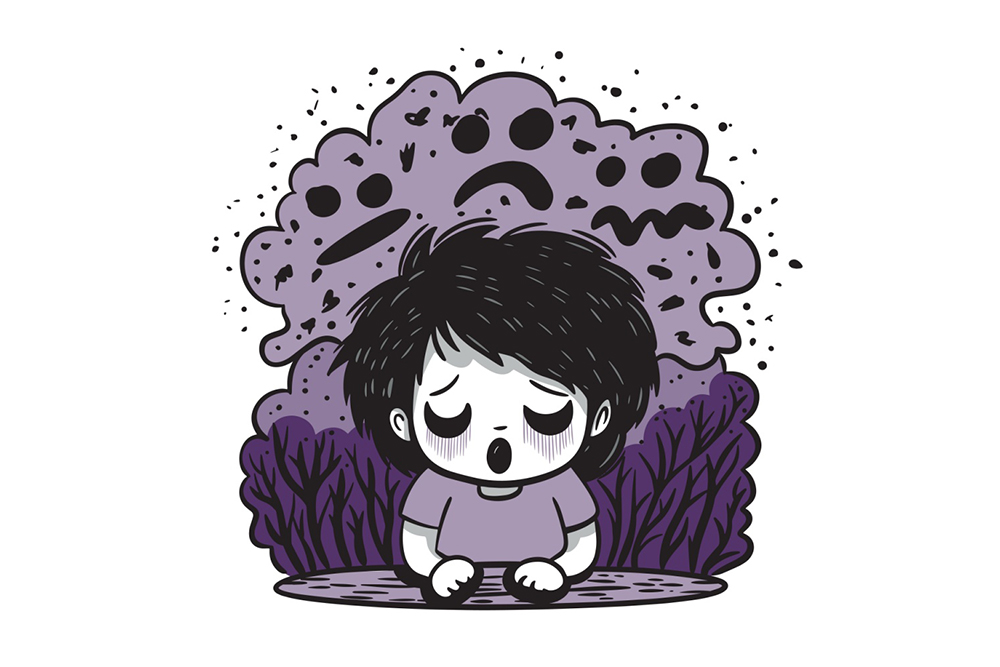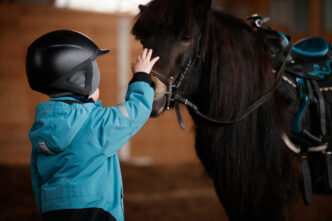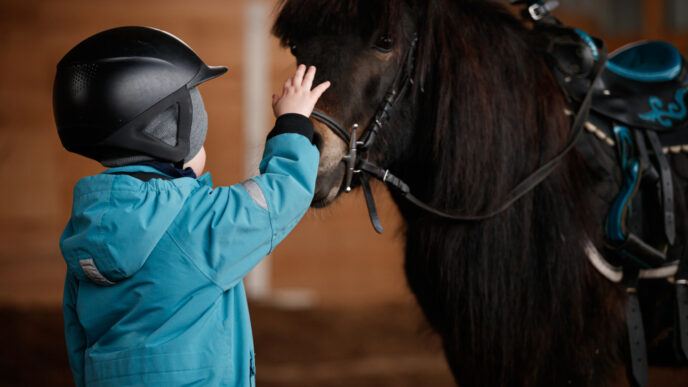Most people’s knowledge of Tourette syndrome comes from movies and TV shows, which portray people with that condition as constantly using foul language in an uncontrollable manner. This is neither entirely true nor false. A consultant paediatrician explains why.
WORDS DR ARUNAN PERIASAMY
 FEATURED EXPERT FEATURED EXPERTDR ARUNAN PERIASAMY Consultant Pediatrician Columbia Asia Hospital—Bukit Jalil |
WHAT IS TOURETTE SYNDROME?
- Tourette syndrome is a common neuropsychiatric disorder in children characterized by multiple movement and vocal tics.
- It is more commonly seen in boys.
What Are Tics?
- Tics are defined as multiple short, stereotypical, but non-rhythmic movements and vocalizations.
- They are sudden, abrupt, and hard to control.
- Tics are usually associated with a sense or feeling of discomfort or premonitory sensory urge, and this discomfort can only be improved by a particular tic.
- Tics can fluctuate in severity and last for at least 1 year.
- Common triggers for tics may vary from person to person:
- Diet. Caffeine, etc
- Environment. Bright lights, scents, etc
- Moods and feelings. Stress, anxiety, excitement, fatigue, etc
Types of Tics
Motor tics
- Usually appear when a child is between 4 and 6 years old.
- Simple tics include eye blinking, facial grimacing, nose twitching, movements of the jaw, neck, shoulders, and/or limbs.
- Simple tics can evolve into more complex or elaborate tics such as purposeful-like movements or lewd gestures.
Vocal tics
- Usually appear when a child is between 8 and 12 years old.
- Simple tics include sniffing, grunting, chirping, throat clearing.
- Simple tics can evolve into more complex or elaborate tics such as repeating of words (echolalia), phrases (palilalia), or obscene words (coprolalia).
IS TOURETTE SYNDROME COMMON?
In my 15 years of experience as clinician, I have seen only 3 to 5 patients with Tourette syndrome.
Experts believe that 0.3% to 1% of the Malaysian population are likely to develop the syndrome.
This means that Tourette syndrome is not as common as many other conditions seen among the Malaysian population in general and children to be specific.
IS THERE A CURE?
- There is no cure for Tourette syndrome.
- However, the severity of tics may decline over the course of adolescence.
- The most severe tics usually occur when the child is between 7 and 15 years of age, after which the severity usually declines until early adulthood.
- By late adolescence or young adulthood, over one third of those with Tourette syndrome are virtually tic-free, while fewer than half have minimal to mild tics, and fewer than a quarter have persistently moderate to severe tics.
- Slightly fewer than 5% of individuals may report experiencing worse tics during young adulthood than they did in childhood.
OTHER HEALTH CONDITIONS THAT FREQUENTLY COEXIST WITH TOURETTE SYNDROME
Children with Tourette syndrome may have other existing health conditions or comorbidities.
Attention Deficit Hyperactive Disorder (ADHD)
- This is a disorder of the brain that can result in persistent problems such as problems in focusing or concentrating, hyperactivity, and impulsive behaviour.
Obsessive Compulsive Disorder (OCD)
- Seen in 30% to 50% of people with Tourette syndrome, this is a persistent disorder that causes the affected person to experience constant unwanted thoughts and fears.
- The affected person will engage in repetitive actions to curb the anxiety caused by these thoughts and fears.
- For example, a person becomes so afraid of germs that they keep washing their hands until the hands become sore.
Other Common Comorbidities
- Learning difficulties, present in about 23% of those with Tourette syndrome
- Disruptive behaviour disorder
- Self-injurious behaviour
- Sleep disturbances
- Depression
- Anxiety disorders
Unlike tics, comorbidities present in someone with Tourette syndrome can persist and often cause more functional impairment over time.
Successful treatment of these comorbidities often diminishes the severity of the child’s tics.
Hence, it is usually preferable to treat these comorbidities first.
A CHILD WITH SYMPTOMS NEEDS TO SEE A DOCTOR
- This is to allow the doctor to arrive at correct diagnosis as well as to identify possible coexisting health conditions in the child.
- The doctor will also assess the severity of the condition, which may vary from one child to another.
- Only then, the doctor will come up with an individualized treatment plan for the child.
HOW TOURETTE SYNDROME IS TREATED
Treatment should focus on maximizing the child’s potential in school settings and social functioning, rather than simply attempting to eliminate their tics.
- Understand and empathize. The doctor will work closely with the family of the child to help the family understand the natural course of Tourette syndrome and the potential impact of stress on the child’s tics.
- Stay active, learn new things, have proper sleep. The child is encouraged to participate in physical exercise, learn special skills such as playing musical instruments, and maintain good sleep hygiene.
- Stay away from caffeine. No specific diet has proven beneficial for children with Tourette syndrome. However, these children should avoid caffeine, as it may worsen the severity of tics in some children.
Pharmacology
This involves the use of medications such as anti-tic medications. Anti-tic medications are usually prescribed for children with more severe tics.
Non-Pharmacological Options
- Cognitive behavioural therapy (CBT) to help the child better understand and process their thoughts, emotions, and behaviour.
- Habit reversal therapy to help the child manage their repetitive behaviour.
- Relaxation therapy
- Awareness training
- Deep brain stimulation for refractory or ‘stubborn’ cases
- Exposure and response prevention, which exposes the child to the triggers of their tics in order to become used to these triggers. This helps the child to overcome the need to engage in compulsive behaviours caused by these triggers.
| This article is part of our series on tips and advice for parents to provide the best TLC to their children. |













